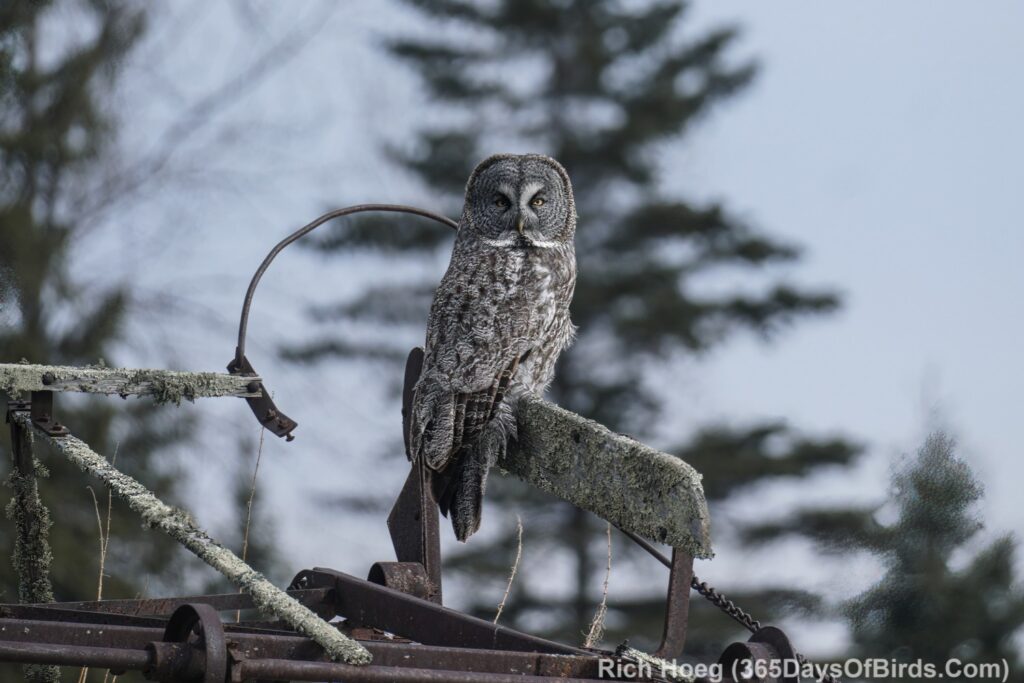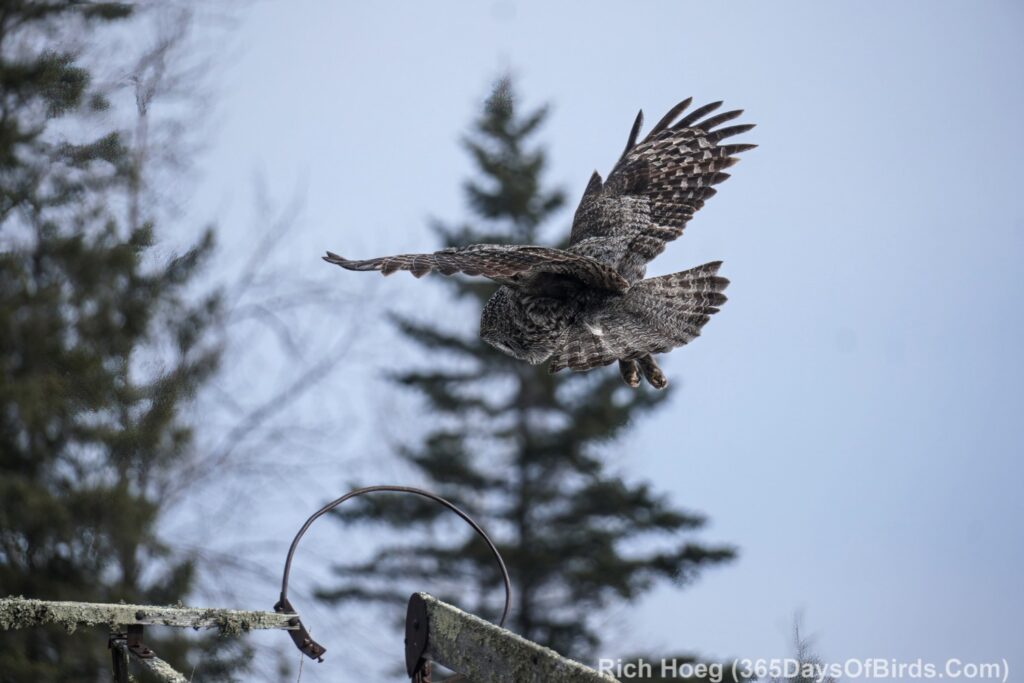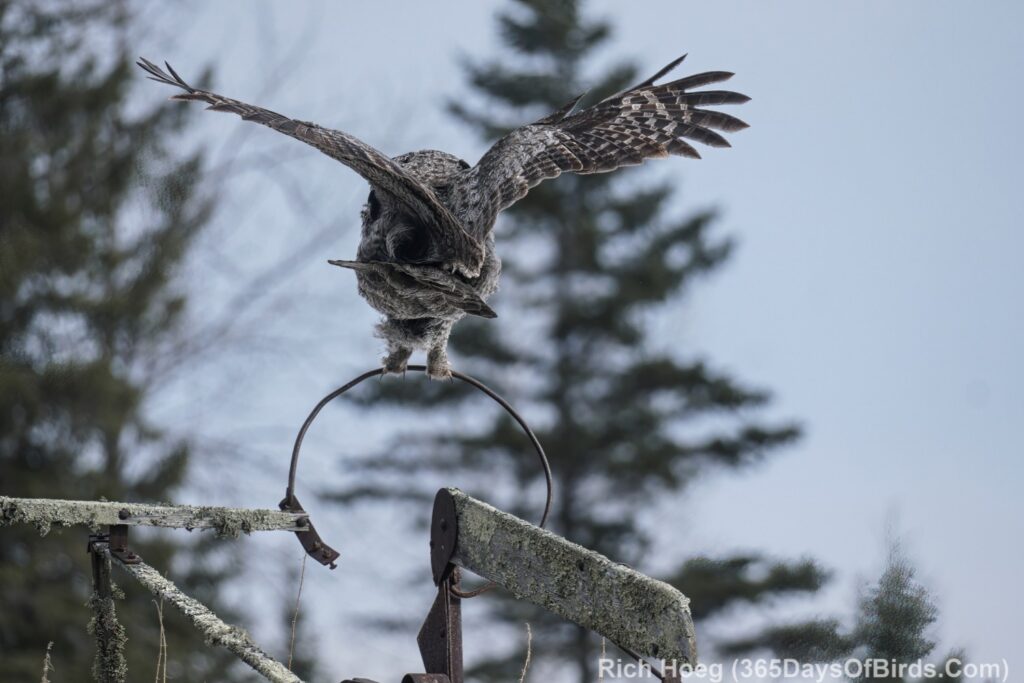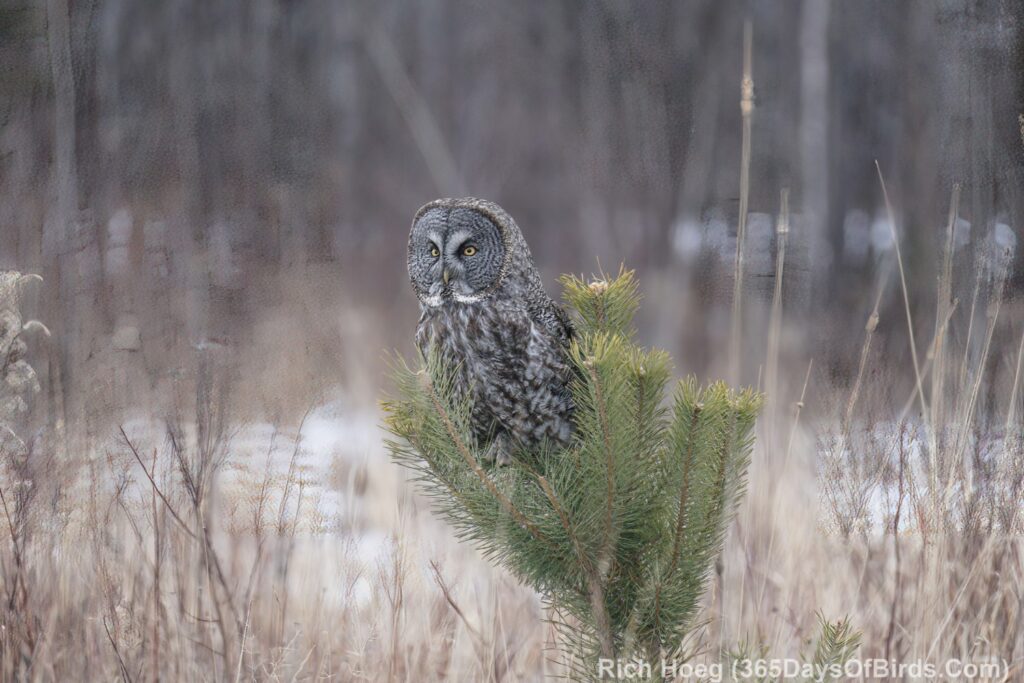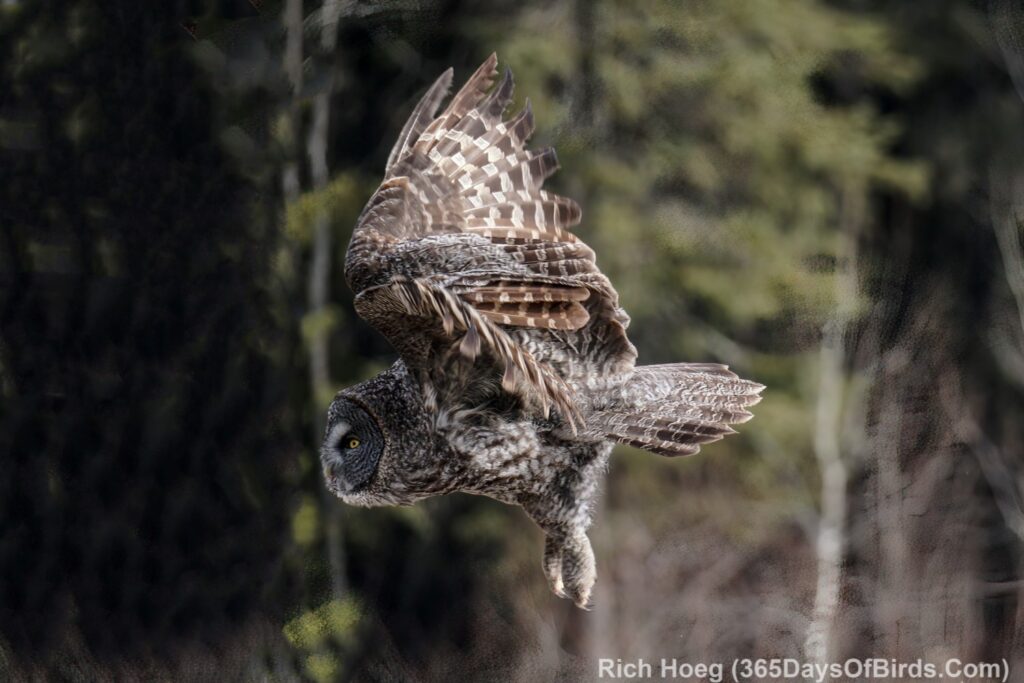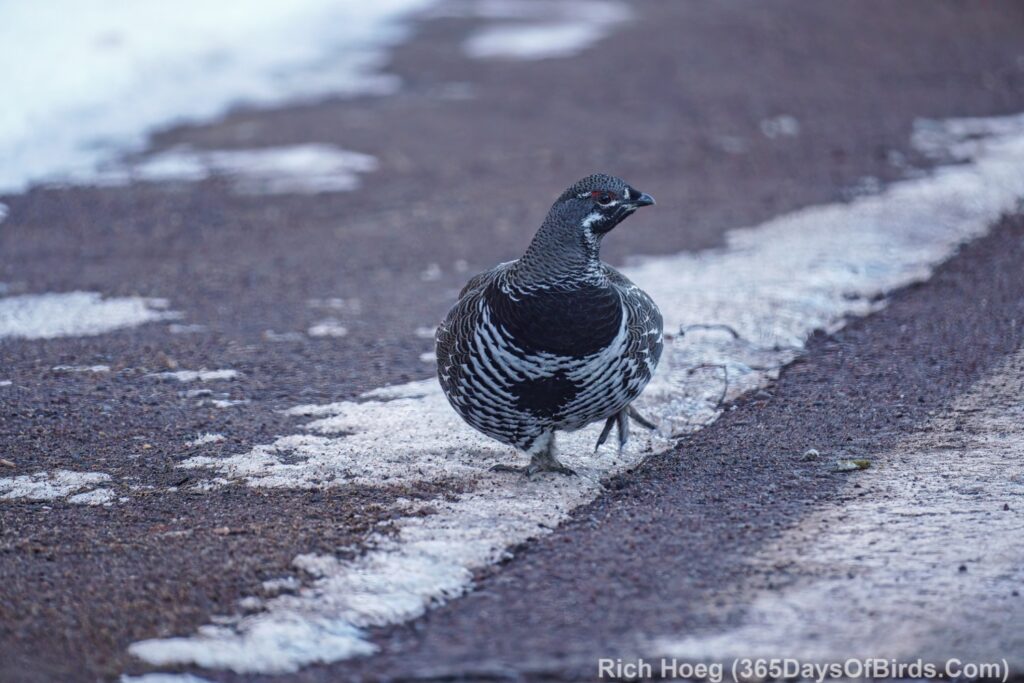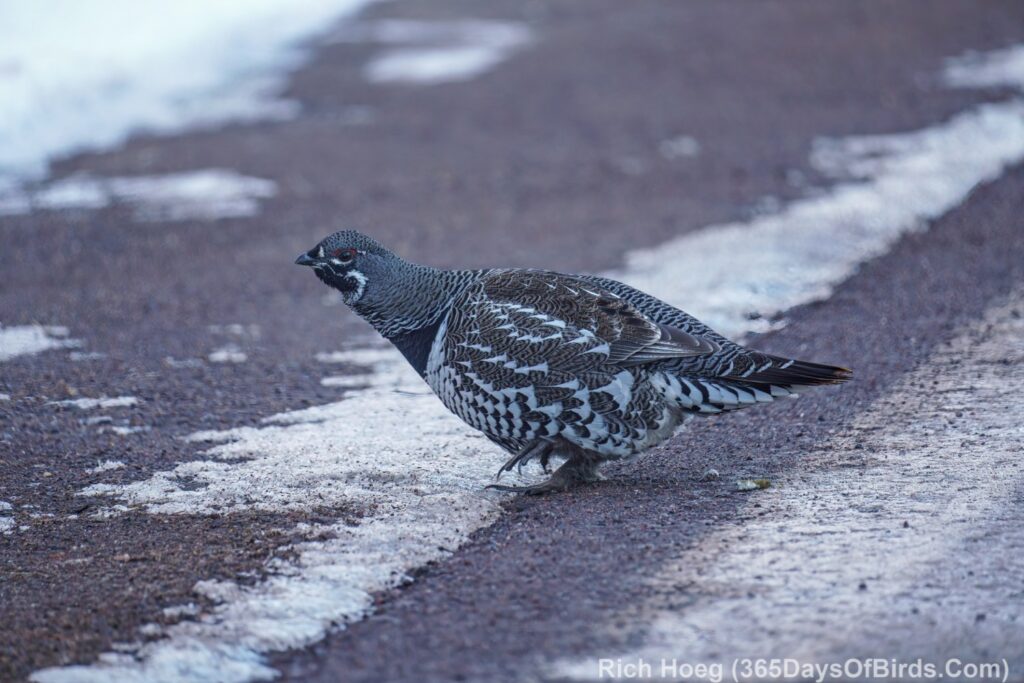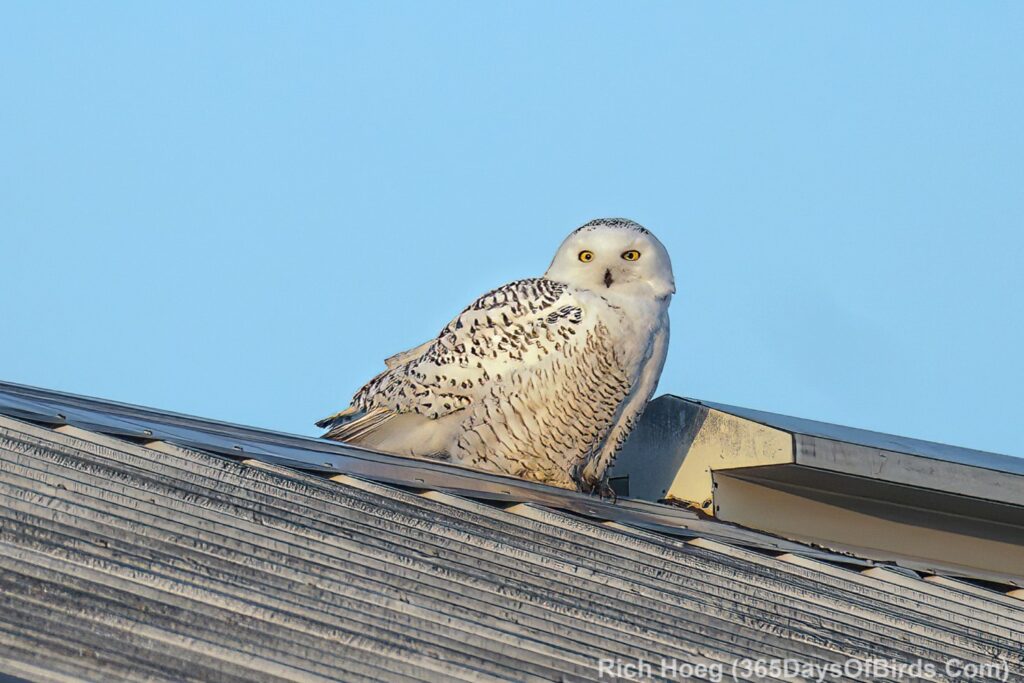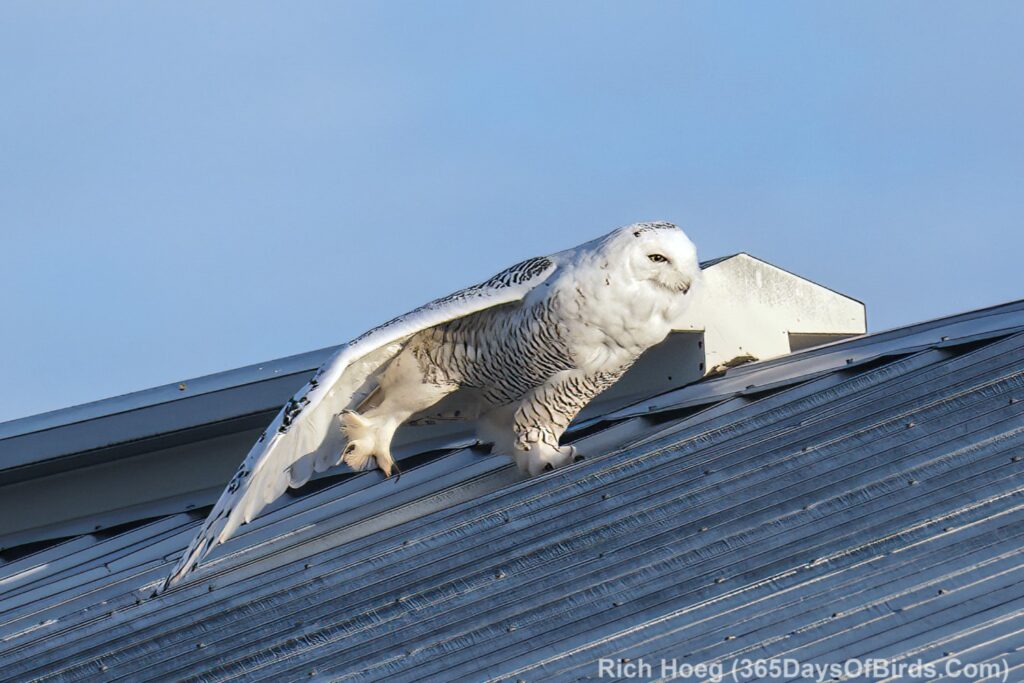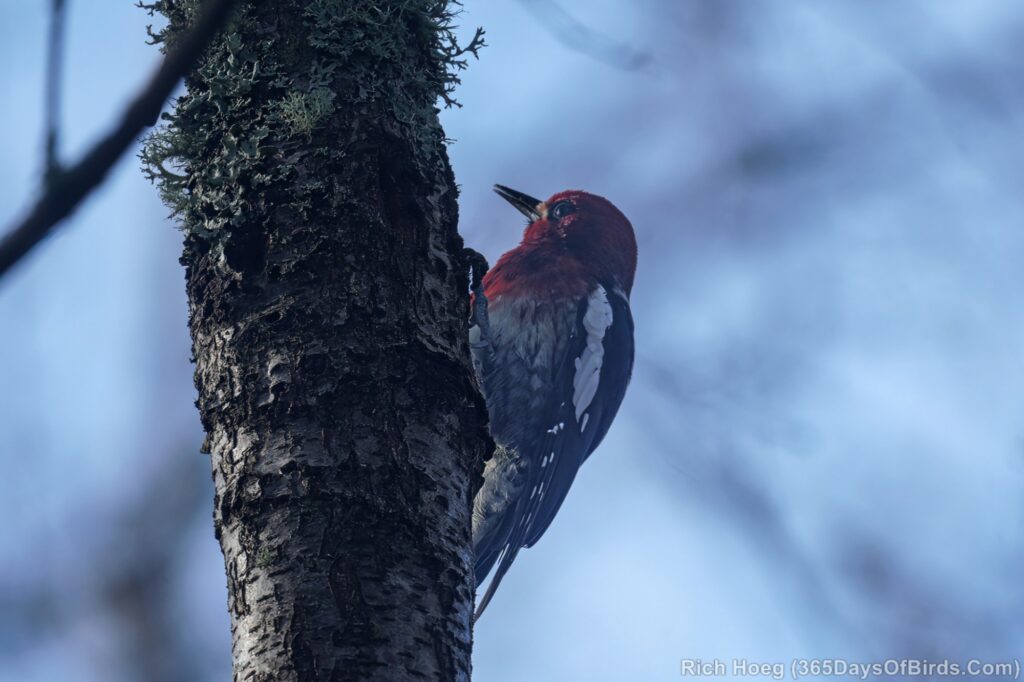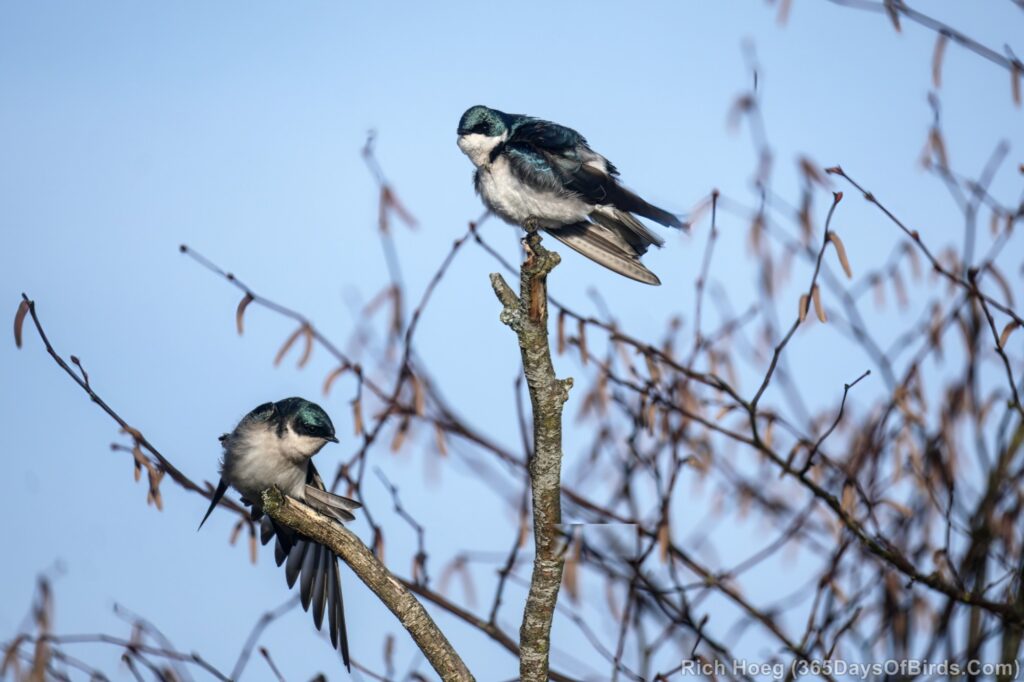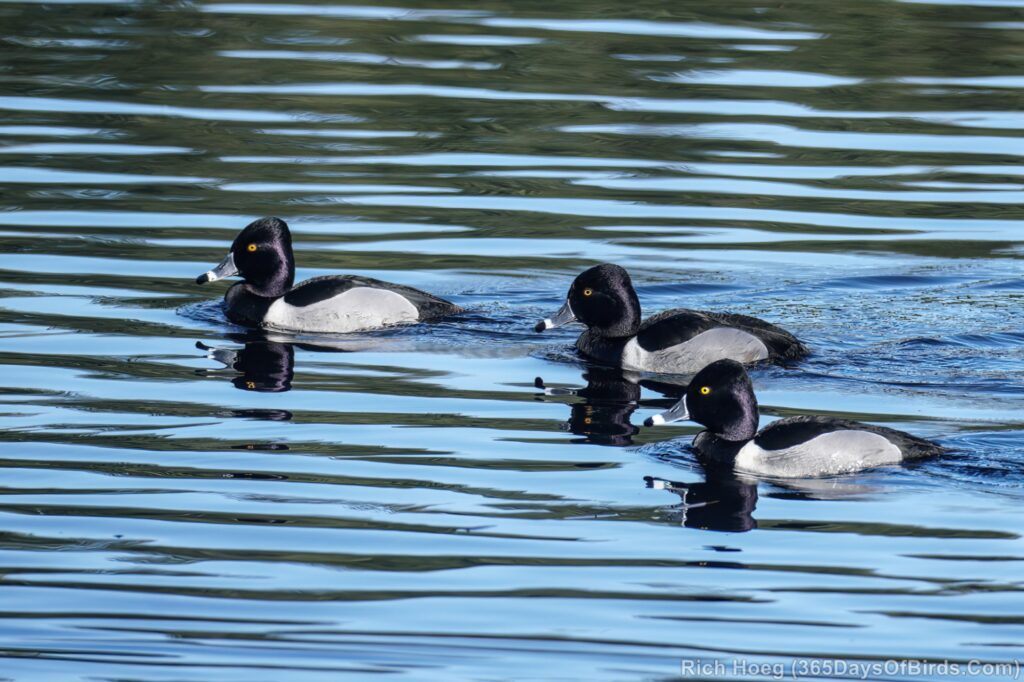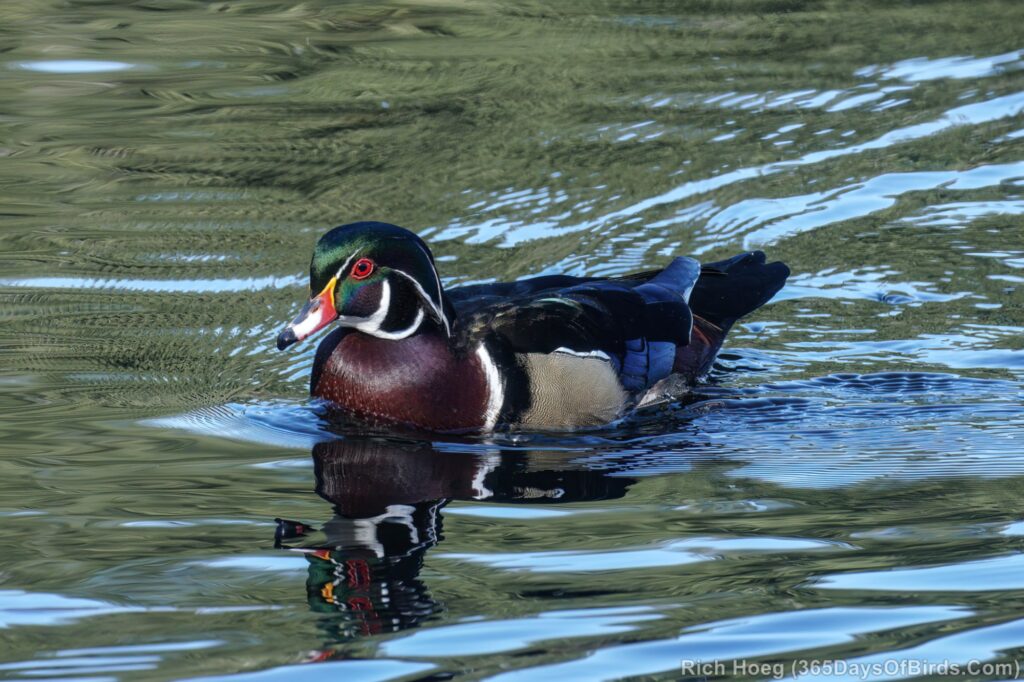Many folks have asked me if the owl irruption is over in NE Minnesota. The answer is “yes” and “no”. The huge influx of owls on the North Shore of Lake Superior has been over for some time. However, this irruption was originally a southward movement irruption … owls moving south but as they hunted out areas they ran smack dab into Lake Superior. Owls do not like flying over large bodies of water, and thus there was a traffic jam of owls along the shore of the big lake. Eventually most of these owls worked their way down the shore past Duluth (a few staying to hunt good habitat) and spread out across northern Minnesota. There were also lots of owls that just flew directly south and never smacked into Lake Superior.
All these Great Gray Owls are now working their way back north. Some will choose to become year round residents in the Boreal forest & bogs of northeastern Minnesota and join our resident year round Great Grays. Some owls will work their way back up to the border country with Canada and beyond … into eastern Manitoba and NW Ontario.
This morning I found a few Great Grays well away from the North Shore and Sax-Zim Bog. They seemed to be following traditional spring migration paths which other bird species also utilize. Thus, with hard work and research there are still more owls around than normal, but the days of a Great Gray Owl on every other Scenic 61 signpost are gone!
I hope you enjoy my “Down on the Farm” Great Gray Owl photographs. Each farm was near good owl habitat, and remember … in the winter these of owls eat meadow voles.
Great Gray hunting from an Antique Hay Mower
Sticking the Landing! The owl eventually dropped straight down and caught a vole next to the mower
Great Gray hunting a farm field next to the forest
